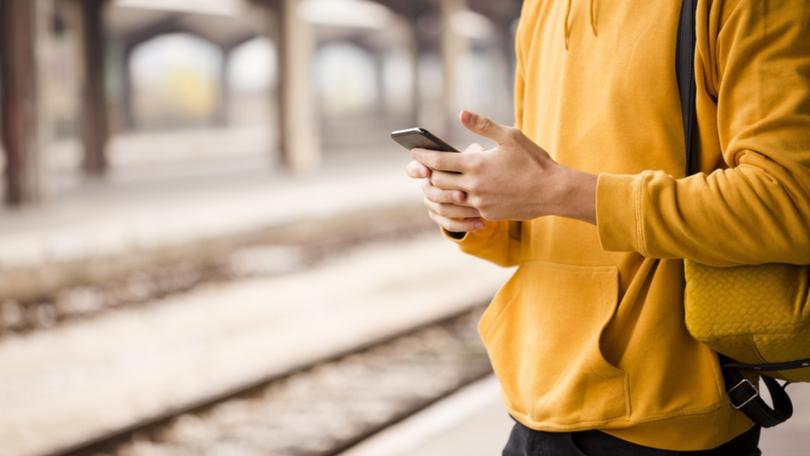CNBC: How to develop digital balance, happiness experts reveal seven tips to make tech work for you

Digital devices provide unlimited access to so many things, and it can be both a gift and a curse.
Smartphones and laptops help us to stay connected to our loved ones through phone calls and video conferencing, Laurie Santos, a psychology professor who teaches Yale’s most popular class ever, said in a recent podcast episode of The Happiness Lab.
At the same time, “research shows that our screens and apps and devices are making us less social, less present and even less happy,” Santos added.
Sign up to The Nightly's newsletters.
Get the first look at the digital newspaper, curated daily stories and breaking headlines delivered to your inbox.
By continuing you agree to our Terms and Privacy Policy.During the episode, Santos spoke to Amy Blankson, a happiness expert and co-founder of the Digital Wellness Institute, about ways that people can achieve a better balance when using digital devices.
Here are a few of the tips that Blankson shared.
7 tips for developing ‘digital balance’ from happiness experts
“Digital balance is really finding that sweet spot. We call it a spot of ‘digital flourishing’ where it’s not that you are addicted to technology and it’s not that you’re swearing it off either,” Blankson said during the episode.
“It’s really that you’re finding that happy medium where technology is working for you, not the other way around.”

These are some of the tips that Blankson suggests for achieving digital balance:
1. Practice the “really” rule: When you feel an urge to use your phone or turn on the TV, think about if it’s really necessary for you to do it in the moment or if it’s getting in the way of something else that you need to do. Ask yourself: “Do I really need to be using my device right now? Is this the best use of my time really?”
2. Be mindful of the bottomless bowl: Some apps don’t have a limit to how long you can scroll on them, which is commonly referred to as the bottomless bowl, Blankson said. “Those are the apps that are the most dangerous for us, the ones that suck us in the most and the ones that require us as individuals to be stronger and more intentional about setting boundaries for ourselves,” Blankson added.
3. Use stopping cues: To limit your time spent on devices, especially when using apps with the bottomless bowl structure, come up with a signal that will let you know how long you’ve been looking at your devices. Then use that signal as a sign that it’s time to take a break from using the device, Blankson said. A simple tool you can use as a signal is a timer.

4. Switch your phone into grayscale mode when you want to put it down: In your phone’s settings, put your phone on grayscale mode. “Essentially what it does is it takes all of the color off of your screen, all the flashing lights, and sometimes you can turn off all the sound. So you get this very blank canvas,” Blankson said. “It’s so boring, you won’t want to look at it anymore.
5. Place your phone out of your line of sight: Put your phone behind your laptop or store it in a bag, so you’re unable to see it while you’re working on something. “The reason why this works is because the need to be needed is so strong that our eyes are actually flickering back and forth between our screen and our task or the person we’re with because we might be needed,” Blankson said. “By having it out of our line of sight, there’s nothing to go check. There’s nothing to interrupt us.”

6. Engage in some screen-free activities: Plan to connect with others through screen-free activities. Some choices that Blankson recommends include playing board games, creating art, sitting in stillness, cooking and trying new foods. Make a list of screen-free activities you like and participate in one when you feel like reaching for your phone
7. Use technology to enhance your productivity: Consider using an app for journaling that reminds you to write about your day or think about a few things that you’re grateful for. Send a thoughtful text message once a day to one of your loved ones. Or try a meditation app to incorporate mindfulness into your day.
This article first appeared on CNBC.
